- News
- Subscribe

Get full access to World Fishing & Aquaculture content
Including the digital magazine, full news archive, podcasts, webinars and articles on innovations and current trends in the commercial fishing and aquaculture industries.
- Expert analysis and comment
- Unlimited access to in-depth articles and premium content
- Full access to all our online archive
Alternatively REGISTER for website access and sign up for email alerts
- Industry Database
- Events
Icelandic Fisheries Exhibition
Íslenska sjávarútvegssýningin
Fish Waste For Profit Conference
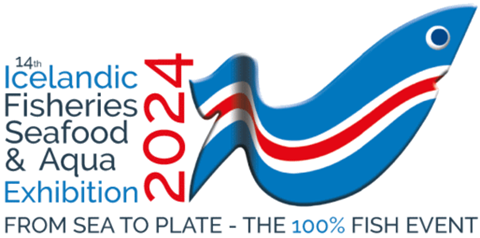
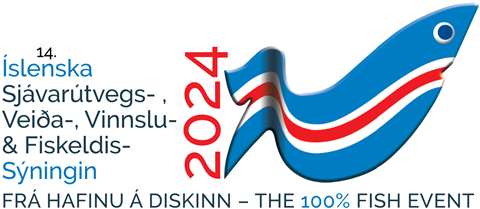

The largest commercial fishing exhibition in the North Stærsta kaupstefna um sjávarútveg á norðurslóðum Maximise return on investment from potentially discarded parts of the catch Visit the IceFish Website Visit the IceFish Website Visit the Fish Waste for Profit Website
- Special Reports
By-Product Solutions
Smart, Connected Seafood Processing
Land-Based Aquaculture Technology
Greener Fishing
January-February 2024 March-April 2024 July-August 2024 November-December 2024 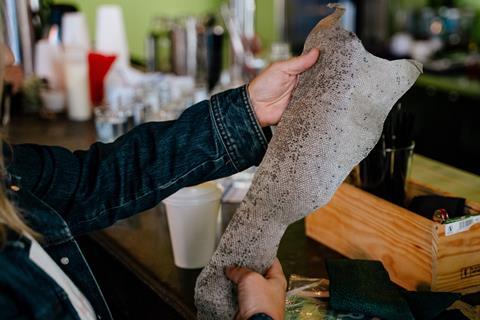
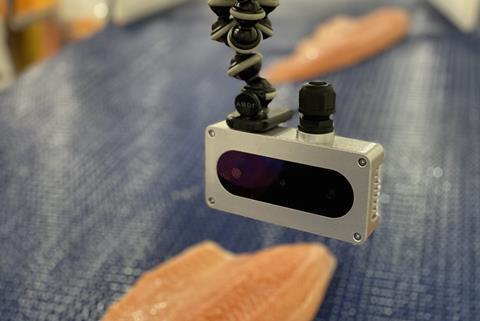
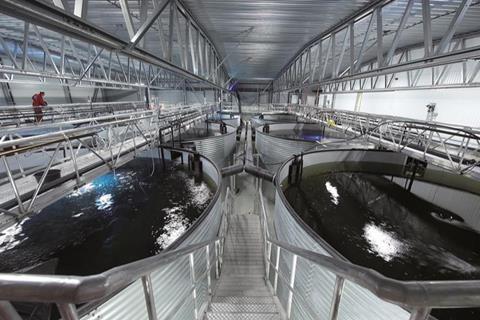
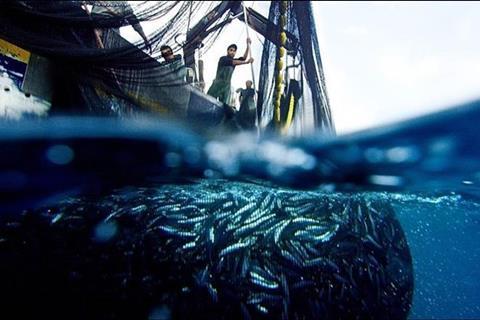
Cutting waste and maximising value Robotics, analytics software and other Industry 4.0 technologies are helping to scale-up productivity New production systems are escalating the industry’s contribution to global food security Fisheries are becoming increasingly responsible and sustainable thanks to new technologies and initiatives Read More Read More Read More Read More
Automated box chilling system speeds up seafood packing
Seafood, meat and poultry currently packed with water ice or dry ice in boxes can be chilled more safely and efficiently when using the DRI PACK® automated box chilling system which uses the chilling power of carbon dioxide (CO2) snow, according to manufacturer Linde LLC.
Continue this article…
Already subscribed? SIGN IN now
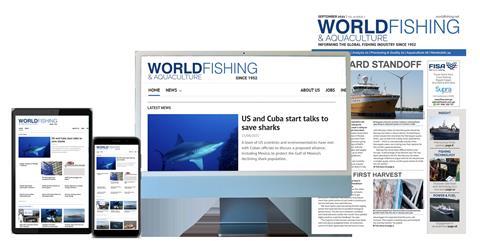
Sign up for FREE to continue this article!
Want to read more before deciding on a subscription? It only takes a minute to sign up for a free account and you’ll get to enjoy:
- Weekly newsletters providing valuable news and information on the commercial fishing and aquaculture sector
- Full access to our news archive
- Live and archived webinars, podcasts and videos
- Articles on innovations and current trends in the commercial fishing industry
- Our extensive archive of data, research and intelligence
Get more free content sign up today
Ready to subscribe? Choose from one of our subscription packages for unlimited access!

